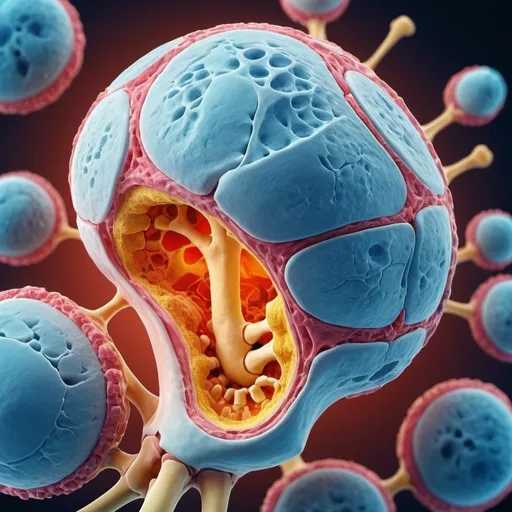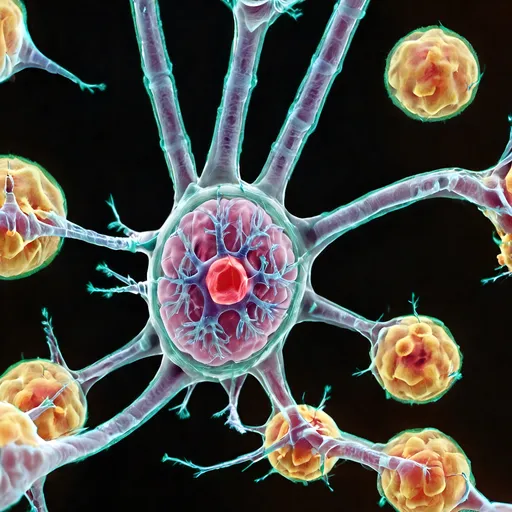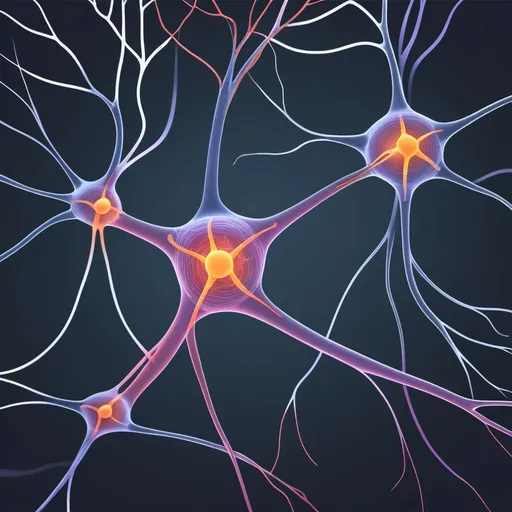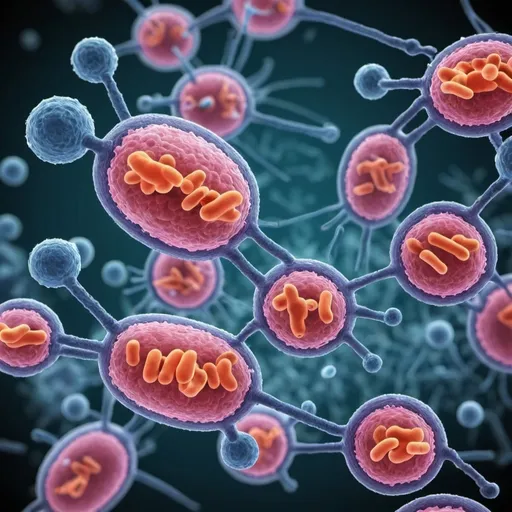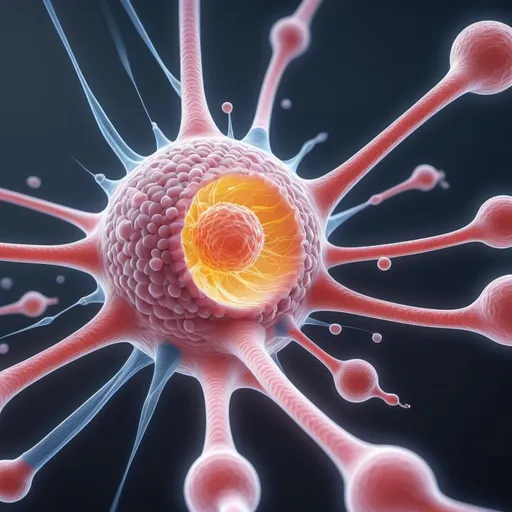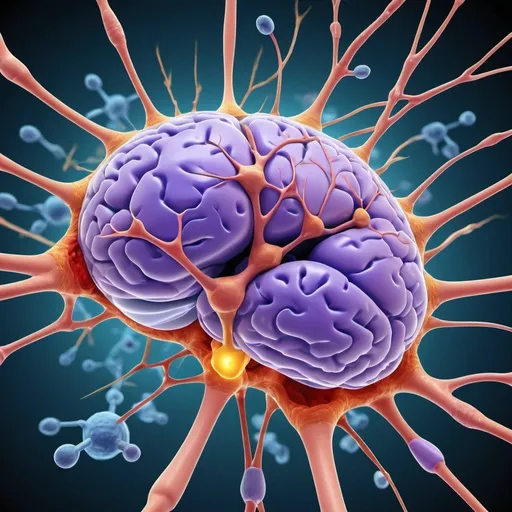R
Ricardo Gouveia
Model: DynaVision XLSampler: DPM++ 2M SDE Karras
Prompt:
skin cell fibroblasts , as imaged by scanning electron microscopy, on top of a layer of collagen fibers, producing artificial skin
Scale: 9
Steps: 100
Seed: 1659680399
Width: 1024
Height: 864
Create your first image using OpenArt.
With over 100+ models and styles to choose from, you can create stunning images.

